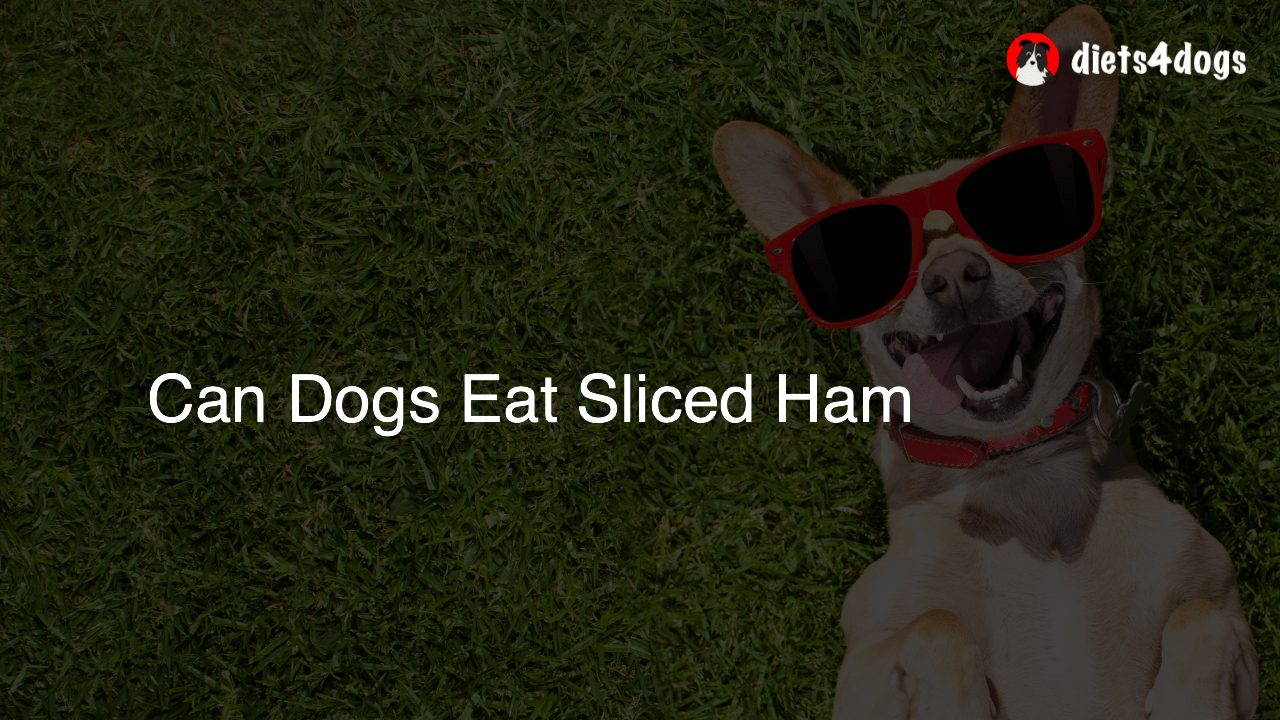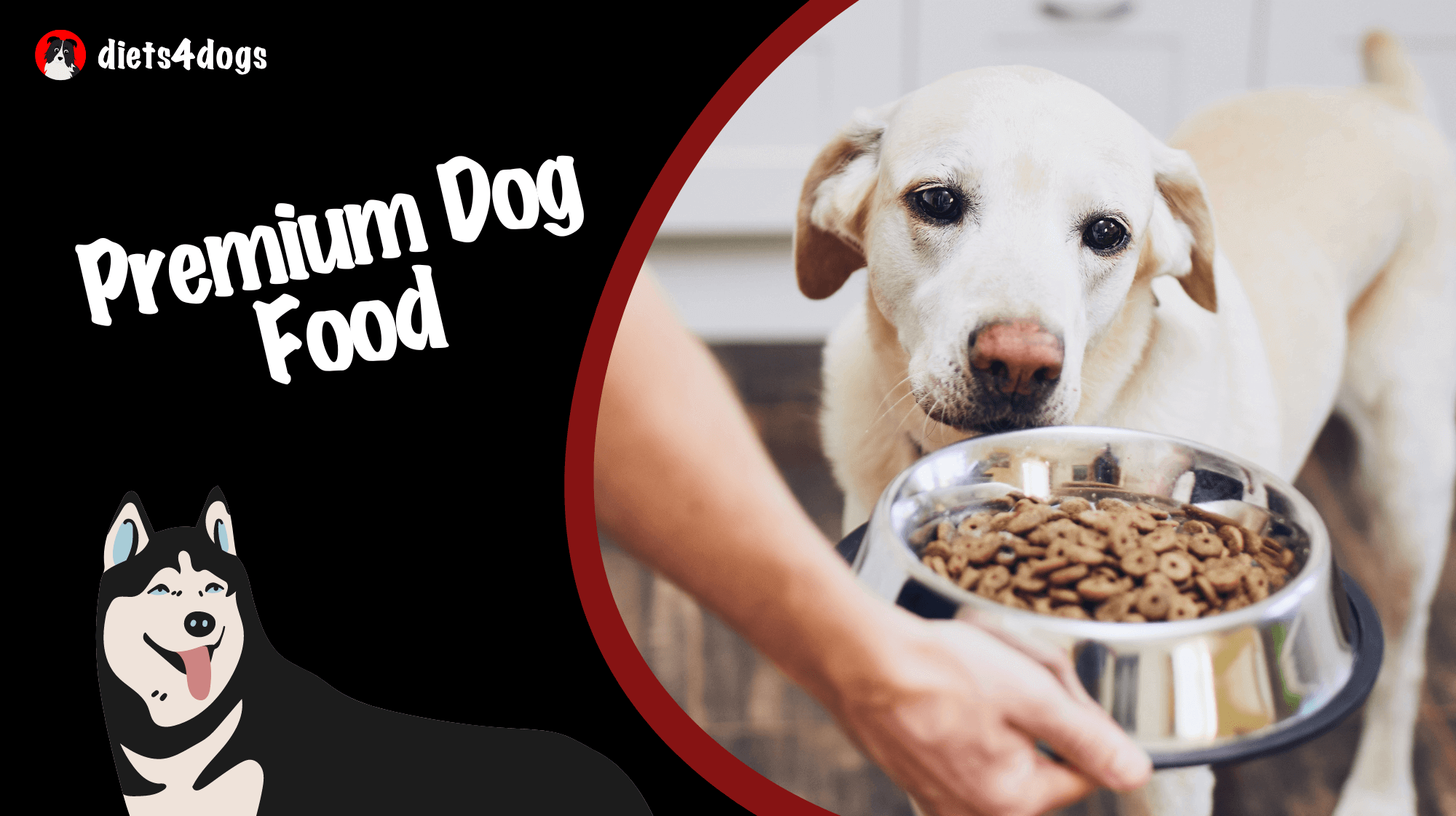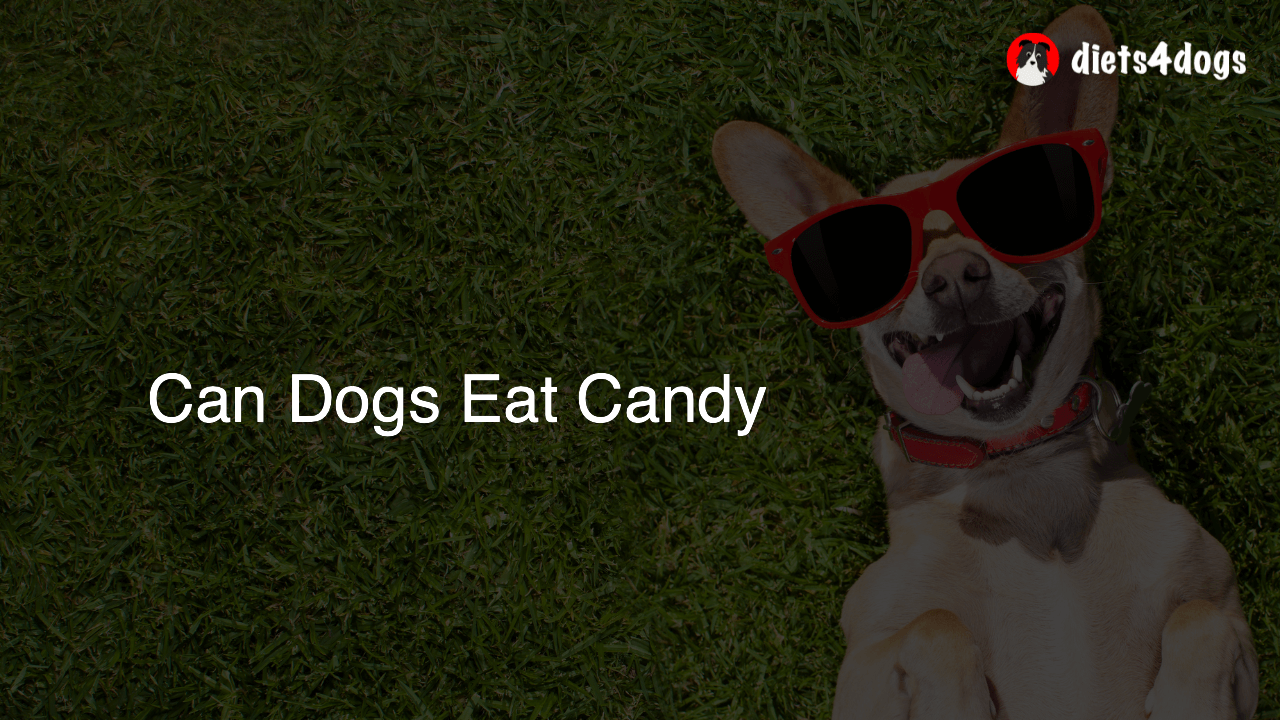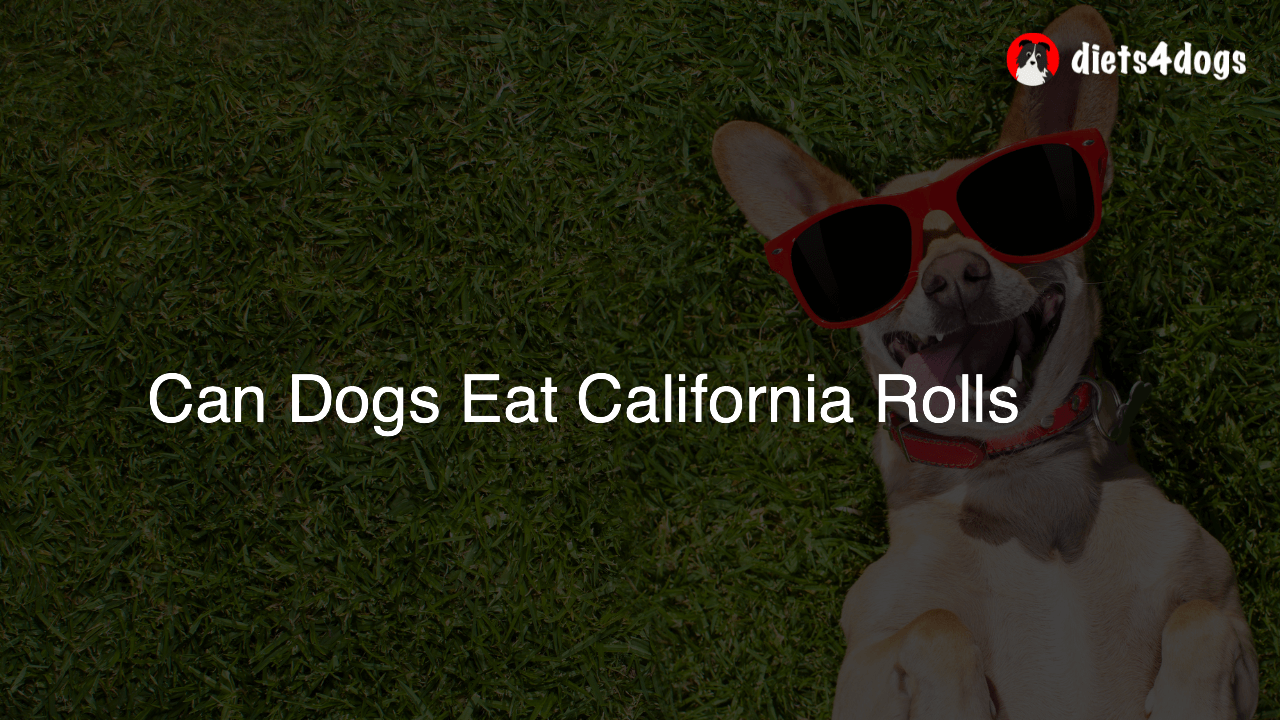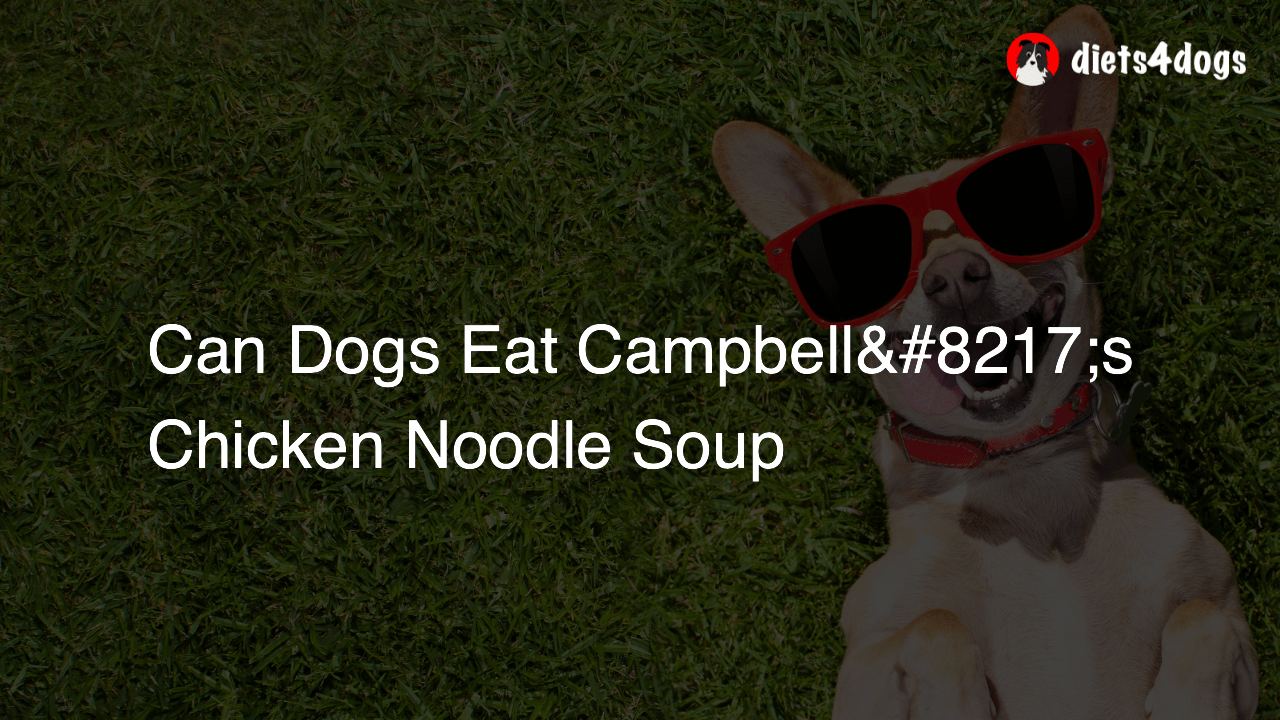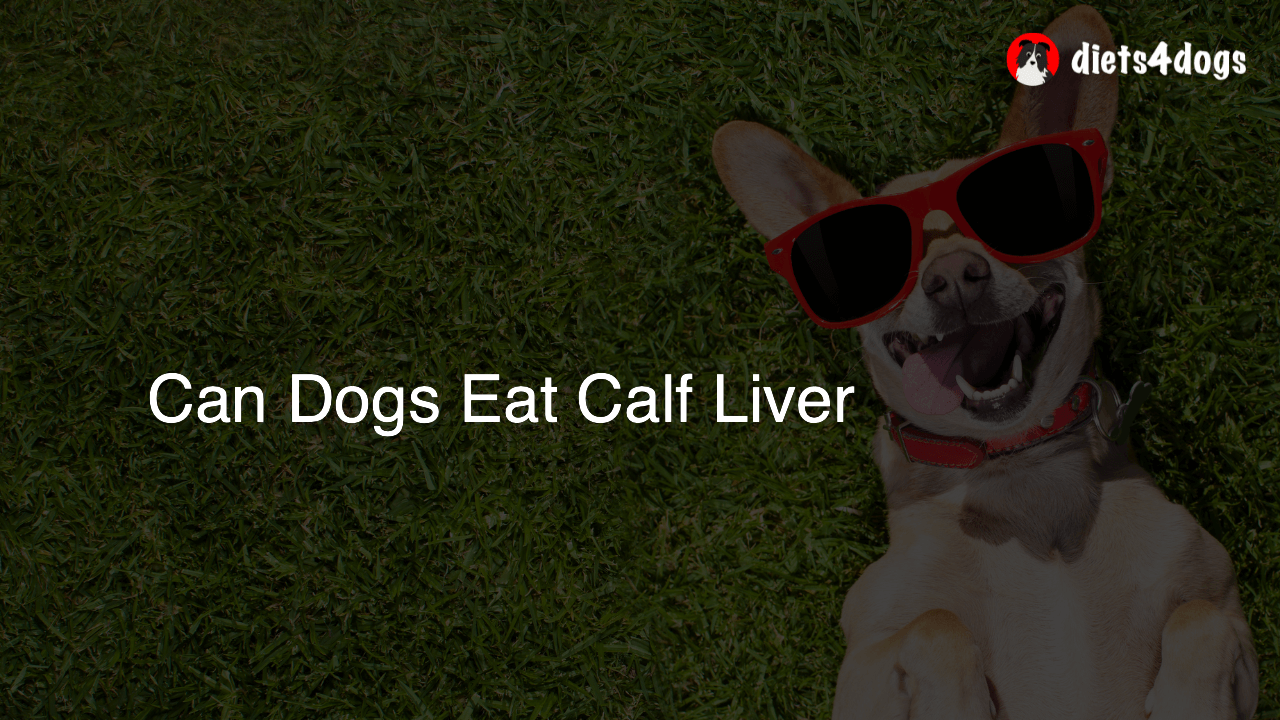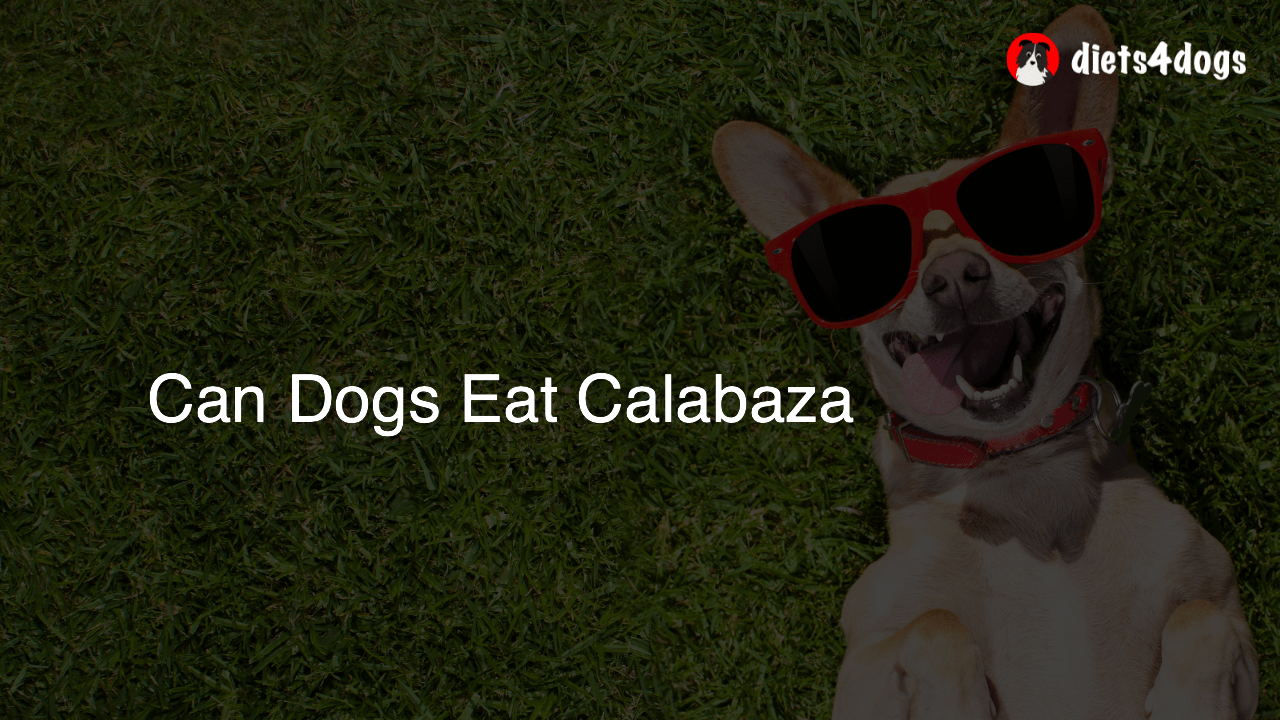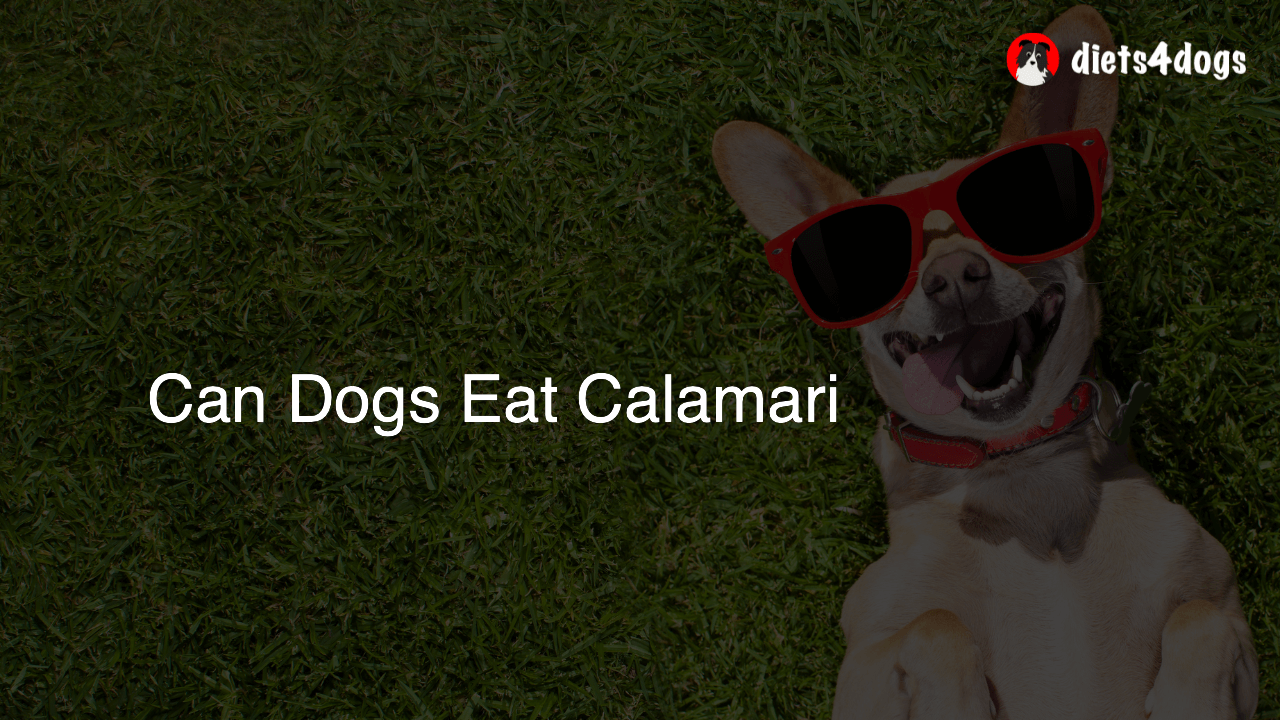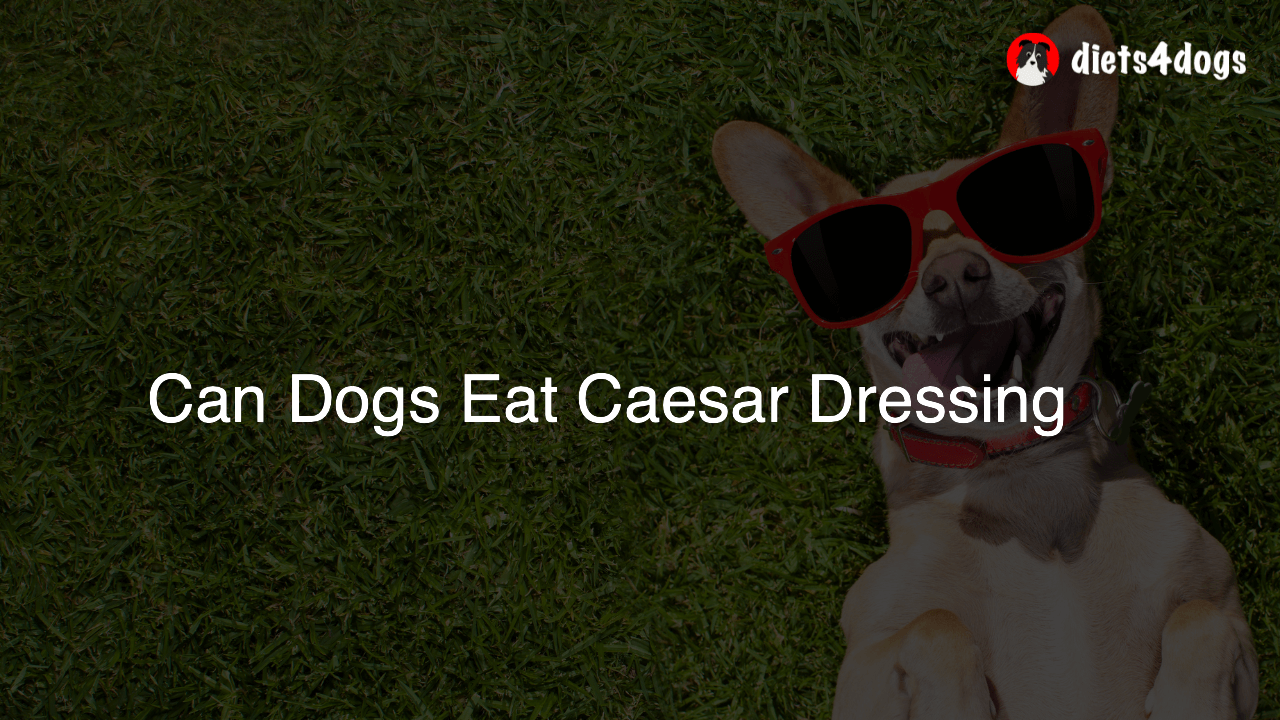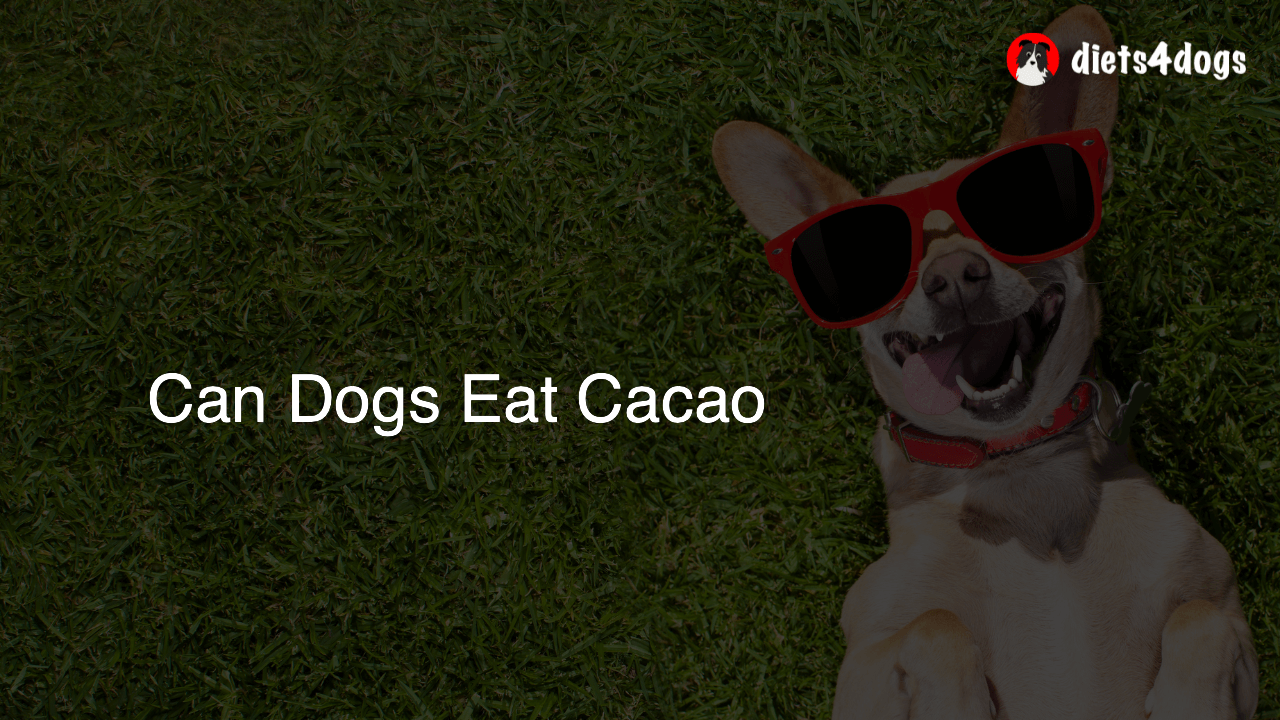Can Dogs Eat Sliced Ham
While dogs can consume sliced ham in small quantities, it is not recommended as a regular part of their diet. Ham is high in salt and fat, which can lead to health issues such as obesity, pancreatitis, and even salt poisoning. Instead, opt for lean, unprocessed meats or specially formulated dog food.
Can Dogs Eat Sliced Ham: The Good, the Bad, and the Ugly
As pet owners, we often wonder about the human foods we can safely share with our furry friends. One of those foods is sliced ham. While sharing a small piece of ham may seem like a harmless treat, there can be some serious consequences for your dog. Let’s dive deeper into whether dogs can eat sliced ham and explore healthier food options to give your pet.
What’s in sliced ham, anyway?
Sliced ham is generally made from the hind leg of a pig and is often processed with additives and preservatives. The high salt and fat content of ham, combined with these additional ingredients, can pose a risk to your dog’s health.
Potential Risks of Feeding Sliced Ham to Dogs
1. High salt content
Ham is notorious for its high salt content. Regular consumption of salty foods can lead to sodium ion poisoning in dogs, which can be fatal if left untreated. Common symptoms of salt poisoning include vomiting, diarrhea, excessive thirst, and seizures. While eating a small piece of ham on occasion may not cause much harm, it’s wise to be cautious about feeding your dog sliced ham.
2. High fat content
Sliced ham is also high in fat, which can lead to several health issues for dogs. Excess fat in their diet can contribute to obesity, placing undue strain on their joints and increasing the risk of heart problems as well as pancreatitis. Pancreatitis is a dangerous condition wherein a dog’s pancreas becomes inflamed, causing symptoms such as vomiting, diarrhea, loss of appetite, and abdominal pain.
3. Spices, additives, and preservatives
Processed ham can contain potentially harmful additives, spices, and preservatives such as sodium nitrites and nitrates. These ingredients can cause digestive upset, allergic reactions, or even more serious health issues. Offering your dog unseasoned and unprocessed meats or specially formulated dog food is the best way to provide a balanced, safe diet.
Alternatives to Sliced Ham for Dogs
1. Lean, unprocessed meat
If you want to give your dog a tasty meat treat, go for lean, unprocessed meats like chicken, turkey, or beef. These are packed with protein and important nutrients without the added salt, fat, and preservatives that come with sliced ham.
2. Specially formulated dog food
It’s crucial to provide a complete and balanced diet for your dog, so opt for high-quality, specially formulated dog food that meets all of their nutritional needs. Dog food provides the appropriate balance of proteins, fats, vitamins, and minerals that your furry friend requires to maintain optimal health.
3. Dog-safe fruits and vegetables
For a low-calorie, nutritious treat, consider dog-safe fruits and vegetables like apples (without seeds), blueberries, carrots, green beans, and pumpkin. These foods not only make fun and healthy snacks but also provide an array of essential vitamins and antioxidants for your canine companion.
In conclusion, it’s best to steer clear of routinely offering sliced ham to your dog due to the potential risks associated with it. Instead, focus on giving them a healthy diet consisting of lean meats, dog-safe fruits and vegetables, and specially formulated dog food to keep them happy and thriving.
Safe Treat Guidelines: Moderation and Variety
When providing treats to your pets, it’s essential to keep moderation and variety in mind. Offering a wide range of dog-appropriate treats ensures your canine companion is getting adequate nutrition without loading them up with too much of one particular nutrient or ingredient. Additionally, practicing portion control is key; the best way to treat your dog is in small amounts, so their daily caloric intake remains balanced.
Treating Responsibly: What to Avoid
Apart from ham, there are several other human foods that dog owners should be mindful of and avoid giving our four-legged friends due to their potential health risks:
- Chocolate: Containing theobromine and caffeine, chocolate can be toxic to dogs and lead to rapid heart rate, vomiting, diarrhea, seizures, and even death.
- Grapes and raisins: Their consumption can cause acute kidney failure in dogs, even in small amounts. Early symptoms include vomiting, diarrhea, and lethargy.
- Onions and garlic: These vegetables contain compounds that can lead to the breakdown of red blood cells and cause anemia in dogs. Symptoms include weakness, pale gums, and rapid breathing.
- Avocado: Avocado contains a toxin known as persin, which can lead to vomiting, diarrhea, and other gastrointestinal issues in dogs.
- Macadamia nuts: These nuts can cause weakness, vomiting, excessive panting, tremors, and hyperthermia in dogs.
- Xylitol: This sugar substitute, commonly found in sugar-free gum and other products, can lead to a rapid insulin release, causing hypoglycemia, seizures, and even liver failure in dogs.
Ham: An Occasional Treat
In conclusion, feeding your dog sliced ham is acceptable on occasion and in small amounts. However, it is important to be cautious about making it a regular part of their diet due to its high salt and fat content, as well as the potential presence of spices, additives, and preservatives. Instead, prioritize providing your dog with a balanced diet consisting of high-quality dog food, lean meats, and dog-safe fruits and vegetables to ensure their optimal health and well-being.
FAQ: Sliced Ham and Canine Nutrition
As a responsible pet owner, you may have more questions related to the topic of sliced ham and the appropriate nutrition for your dog. We’ve compiled a list of frequently asked questions along with concise and informative answers to help address your concerns.
1. Can dogs consume other types of pork products?
Yes, dogs can eat other types of pork products, but it is important to choose lean, unprocessed cuts to avoid high salt and fat content. Always ensure you cook the pork thoroughly to kill any potential pathogens before feeding it to your dog.
2. How often can I give my dog small pieces of sliced ham?
Sliced ham should be considered an occasional treat only, offered in very small amounts. Aim to limit sliced ham treats to once in a while and avoid making it a regular part of your dog’s diet.
3. What are some dog-friendly treat alternatives to sliced ham?
Lean, unprocessed meats like chicken, turkey, or beef; dog-safe fruits like apples (without seeds) and blueberries; and vegetables like carrots, green beans, and pumpkin make great treat alternatives that are both nutritious and low in calories.
4. How much sodium is too much for my dog?
The recommended daily allowance of sodium for dogs depends on their size and weight, with a general guideline of 13 mg per pound of body weight. Always consult your veterinarian for specific guidance tailored to your dog’s needs.
5. Can my dog eat other types of deli meat?
While some types of deli meat might be less harmful than others, it’s still best to avoid regularly feeding your dog processed meats, as they are typically high in salt and may contain additives and preservatives.
6. How can I tell if my dog has consumed too much salt?
Symptoms of excessive salt intake include vomiting, diarrhea, excessive thirst, lethargy, and seizures. If you suspect your dog has consumed too much salt, contact your veterinarian immediately.
7. Can dogs have smoked ham bones as a treat?
It is not recommended to give dogs smoked ham bones, as they can splinter and cause internal injuries, such as tears or obstructions in their gastrointestinal tract. Instead, choose dog-safe chew toys or rawhide alternatives to keep your dog entertained.
8. Can I give my dog a piece of sliced ham if it’s low-sodium?
While low-sodium ham is better than regular sliced ham, it still contains elevated levels of salt compared to unprocessed meats. It’s best to reserve it for an occasional treat and in small amounts only.
9. What should I do if my dog accidentally eats a large amount of sliced ham?
If your dog consumes a large amount of sliced ham, monitor them closely for signs of salt poisoning or pancreatitis. If your dog appears to be in any distress or exhibits symptoms such as vomiting, diarrhea, or lethargy, contact your veterinarian immediately.
10. How can I convince my dog to eat regular dog food after spoiling them with human food like sliced ham?
Gradually transition your dog back to their regular dog food by mixing in small amounts of human food with their kibble. Reduce the amount of human food over time until they are fully transitioned to a dog-appropriate diet. Be consistent and patient during this process, and refrain from giving in to their begging or whining.

